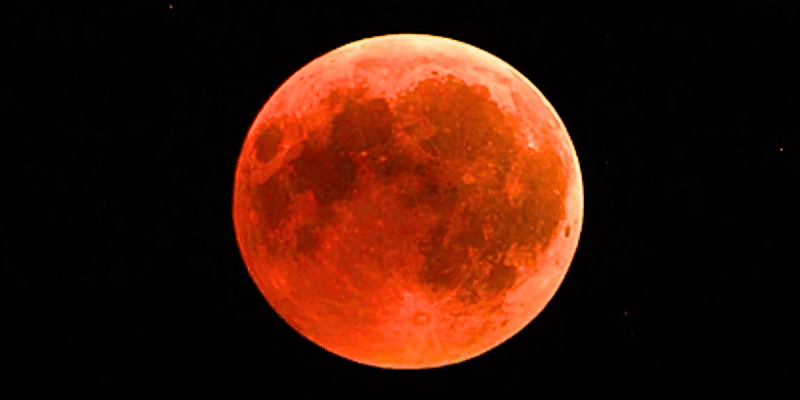Everything You Should Expect From This Spectacular Total Lunar Eclipse
On March 13-14, 2025, a total lunar eclipse, commonly referred to as a “blood moon,” will be visible.
This event occurs approximately every two and a half years, making it a slightly rare sight. Although lunar eclipses are somewhat common, only about 29% of them are total lunar eclipses.
Unlike a solar eclipse, viewing a lunar eclipse does not require any eye protection. You can simply step outside and watch as the moon turns red during this exciting astronomical occurrence.
Why Does The Moon Appear Red?
During a lunar eclipse, the Earth is positioned directly between the moon and the sun, blocking sunlight from reaching the moon.
The moon appears red because sunlight passes through the Earth’s atmosphere and refracts the blue light, allowing only the red light to shine on it.
NASA described the exciting sight as follows: “In a total lunar eclipse, the entire Moon falls within the darkest part of Earth’s shadow, called the umbra. When the Moon is within the umbra, it appears red-orange. Lunar eclipses are sometimes called “Blood Moons” because of this phenomenon.”
Watch their description below.

RELATED: “Yellowstone” Star Cole Hauser Joins Brooks & Dunn To Sing “Neon Moon”
When Can You View The Lunar Eclipse?
According to NASA, the eclipse will begin at approximately 10:57 PM on March 13 for those in the Central Time Zone.
The eclipse will initially be faint but will increase in intensity over time. A partial eclipse will become visible just after midnight, looking like a bite taken out of the moon.
The total lunar eclipse will begin at 1:06 AM, and the moon will display a red hue at that time. The total eclipse will last for about one hour, concluding around 2:31 AM, when it will transition back into a partial eclipse.


